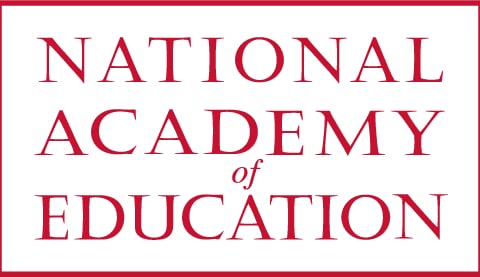The Social Geography of School Choice in Segregated Urban Areas
Christopher Lubienski
About the research
Award
NAEd/Spencer Postdoctoral Fellowship
Award Year
2005
Institution
University of Illinois, Urbana-Champaign
Primary Discipline
Political Science
School choice is often advanced as a new civil right, where competition generated by open-enrollment, charter schools, or vouchers is thought to create more equitable educational opportunities for disadvantaged students. Yet we know very little about how competition actually impacts the behavior of different types of schools, or whole populations of public and private schools, particularly in how they engage different students — and thereby distribute options — across segregated urban landscapes. And yet the physical distribution of educational opportunities is critical because parents report geographic proximity as a central consideration in choosing schools. As with other choice-driven goods and services, competition between schools may cause some organizations to “cherry-pick” by offering services in some areas, while not in others, exacerbating overall inequalities in proximity to preferred options.This project will examine the role of competition in generating and arranging educational options, as different types of schools respond to market competition in the most racially segregated urban area in the nation. Specifically, it will identify strategies schools use in “positioning” themselves and/or their services within this highly competitive environment, and measure the overall impact of these strategies on alternatives for disadvantaged students.The analysis draws on industrial organization and location theories, outlining possible strategic responses for different organization types in competitive environments. An organization’s essence as either a mission-oriented (non-profit) or profit-oriented entity shapes its priorities in engaging competitors and clients. Profit-driven competition introduced into a traditionally non-profit sector gives non-profit organizations incentives to adopt profit-seeking behaviors. Consequent “positional warfare” in sectors such as education can take two forms: literal positioning—where schools (especially new ones) locate relative to particular student types; and figurative positioning—how schools position their services in the market, through image and enrollment management, to enhance their relative status. Both strategies have implications for disadvantaged students’ access to quality educational options.The project uses geo-spatial mapping and content analysis to delineate positioning strategies of schools, focusing on educational options for neighborhoods across metropolitan Detroit, the largest urban area in one of the leading states for school choice. Charter and open-enrollment options are putting pressure on Michigan’s public and private schools — several Detroit Catholic schools have recently closed, merged, and/or moved to more affluent suburbs, and as urban public and parochial schools are closing, charter schools have opened. These, along with open-enrollment plans, have created a competitive education market across public and private sectors in which an over-supply of seats forces public and private schools to compete for students and funding. This geographical approach allows us to see aggregate school responses to competition, and, therefore, the potential of competition across school sectors in providing equitable educational opportunities for disadvantaged students.
About Christopher Lubienski
N/A
